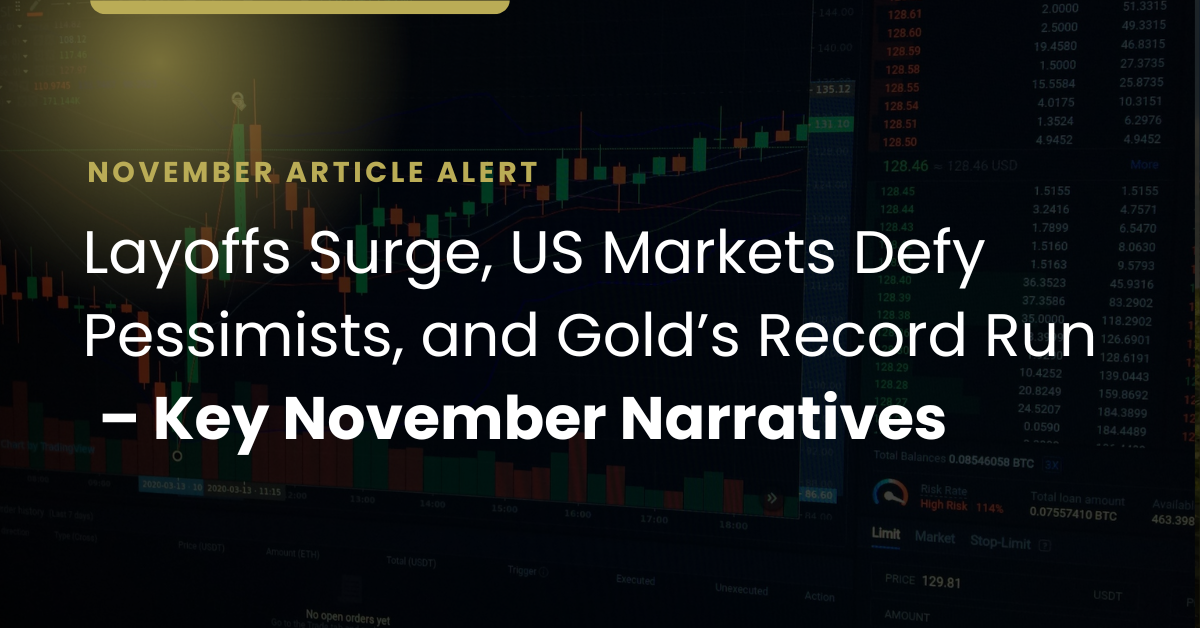In the era of instant gratification, we often forget the beauty that lies in the journey — particularly true when it comes to the delicate dance of syncing data between your CRM and HubSpot. It’s a process reminiscent of Jim Collins’s famous saying, “Don’t let the perfect become the enemy of the good.” As I’ve guided clients through the synchronization waltz, I’ve seen firsthand the allure of perfection and the paralysis it can bring. It's time we shift our mindset from a sprint to a marathon, where the first step is just as celebrated as the last.
Syncing is not a one-and-done; it's the beginning of a transformative relationship between your data and your business goals. The initial link-up is merely the first of many steps in a journey that evolves from siloed knowledge to a shared, vibrant, and data-driven culture. This journey requires not just a commitment but a philosophy that values growth, client relationships, and revenue expansion over the quick fix.
Starting with the Basics: Crawl, Walk, Run
Adopting a ‘crawl, walk, run’ methodology is a practical approach to syncing CRM and HubSpot. Begin with a one-way data flow that allows for a controlled environment to monitor and learn from the data being transferred. This foundational step ensures that each subsequent phase — from two-way syncing to complex data operations — is built on a solid understanding of your data's unique characteristics and custom attributes.
This incremental approach is akin to deploying a ‘launch, learn, and iterate’ strategy, providing ample room for adjustments and optimization. It’s about understanding that initial syncing is akin to planting a seed; it takes time and care to sprout and eventually bear fruit.
Busting the Myth of Auto-Pilot
There’s a prevalent myth that once your CRM and HubSpot are in sync, they'll harmoniously run on autopilot. However, the reality is starkly different. Data, like any living ecosystem, requires constant attention and maintenance. Without it, you risk data decay — a decline in the quality and relevance of your information over time.
Poorly managed or stagnant data can be a silent business killer. Databases naturally degrade by about 22.5%1 every year, and according to Gartner, the average financial impact of poor data quality on organizations is $12.9 million per year2. This staggering figure highlights the critical nature of data stewardship and the importance of assigning someone to own your data’s quality. It's not enough to simply have data; you must actively maintain it to ensure it serves your business effectively.
The Garden of Growth: Nurturing Your Data
Imagine your database as a garden. Untended, it becomes overgrown with the weeds of outdated information and the pests of duplication. But when pruned, weeded, watered, and fertilized with consistent updates and strategic tagging, it can flourish into a source of sustainable growth.
Caring for your data garden is not merely a technical task; it's a cultural shift within your organization. It requires a dedicated gardener — or data manager — who ensures the accuracy, completeness, and relevance of your database. This role is integral in transforming a stagnant pond of data into a flowing river of opportunities.
Integrating the Human Touch
While automation technologies offer significant assistance in managing data, the human element remains irreplaceable. Automation can tag and assign data, but humans bring context, identify nuances, and bridge gaps that technology alone cannot. This is especially true for contacts, whether they be clients or prospects, that have reached a level of engagement necessitating a deeper dive and more detailed research. Expanded research includes activities like connecting on social media and performing Google searches, as well as leveraging databases to gain insights into life stages and individual interests. The objective is to synthesize this information to establish a genuine connection with each individual, thus enriching the engagement and enhancing the relationship.
This commitment to data integrity goes beyond routine maintenance; it's an ongoing strategy for engagement and growth. By keeping your data fresh and relevant, you lay the groundwork for better client relationships, increased deal flow, and revenue growth.
Final Thoughts: Embracing the Process
As we advance in this journey, it's crucial to embrace the process and the time it takes to see the fruits of our labor. Data syncing is not just a technical step but a strategic move towards a future where every piece of information can be leveraged for success.
Let's step away from the allure of instant results and appreciate the continuous transformation that CRM and HubSpot syncing provides. With time, effort, and a keen eye for data hygiene, we can all cultivate a thriving business ecosystem. After all, in the grand tapestry of business growth, every thread of data weaves into the larger picture of success.
If I can answer any questions you may have about this topic, please feel free to connect with me on LinkedIn and send me a message or complete the request for more information form on our Contact Us page.
1HubSpot. 'Database Decay and How to Keep Your Marketing Database Healthy.' HubSpot, https://www.hubspot.com/database-decay. Accessed 11/03/23.
2Gartner. 'How to Improve Your Data Quality.' Gartner, www.gartner.com/smarterwithgartner/how-to-improve-your-data-quality. Accessed 11/03/23.
Craig Hall is founder and president of Marketing Wiz, a financial marketing firm specializing in the independent wealth management space.






